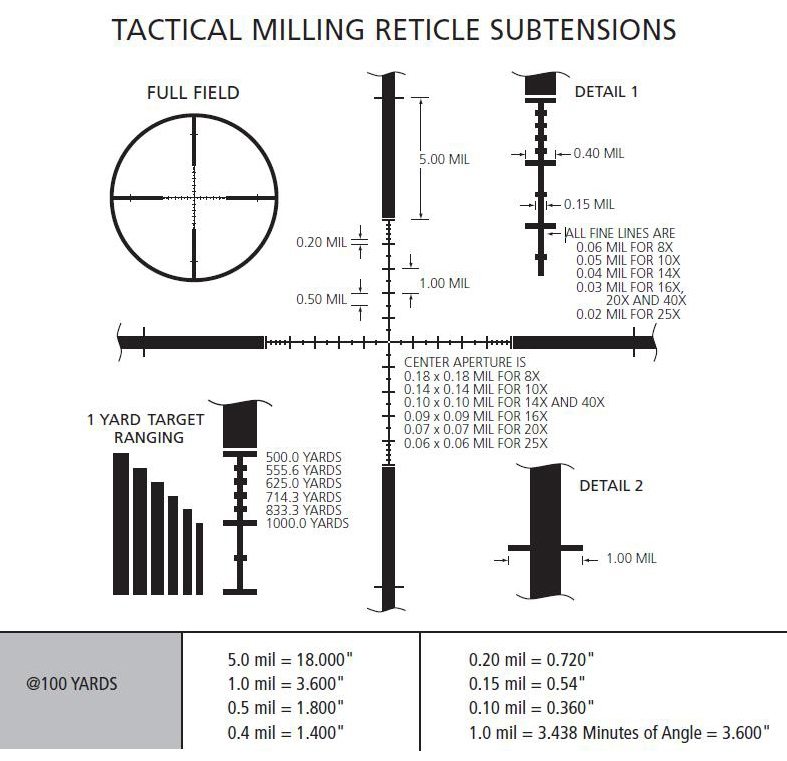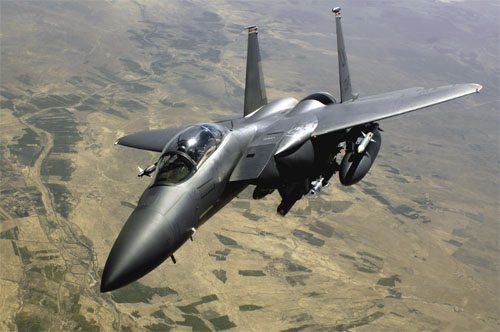Project On Government Oversight (POGO),
Who knew that the threat posed by the American Midwest warranted a nuclear deterrent? Apparently a crew at Minot Air Force Base in North Dakota did.
News reports revealed today that, in what can only be described as an unbelievable blunder, Air Force personnel allowed a B-52 bomber to fly from North Dakota to Louisiana last week armed with nuclear cruise missiles. The incident has provoked a massive response from top officials: Defense Secretary Gates and President Bush were notified, an investigation launched, disciplinary action taken against the Air Force personnel involved, an inventory underway of all Air Force nuclear weapons, and a halting of all fighter and bomber flights on Sept. 14.
The incident also raises the question of exactly when, where, and under what conditions US aircraft are allowed to be armed with nuclear weapons. Retired Air Force Major General Don Shepperd remarked in a CNN report on the story that “…the United States had agreed in a Cold War-era treaty not to fly nuclear weapons. 'It appears that what happened was this treaty agreement was violated,' he said.”
The CNN report isn't clear on what “Cold War-era treaty” he's referencing. However, an article from the Global Security Newswire provides a more in-depth and convincing explanation:
The risk of flying accidents, however, led the United States to abandon all nuclear-armed bomber flights in 1968, according to Hans Kristensen, a nuclear weapons expert with the Federation of American Scientists.
Until then, the Air Force kept about 12 strategic bombers in the air at all times, with each one usually carrying two to four nuclear gravity bombs. Several accidents occurred (see GSN, June 20, 2005), including a crash in Spain in 1966 and then a crash at an air base in Greenland on Jan. 21, 1968. The plane’s nuclear weapons did not explode in the latter incident, but their radioactive fissile material was dispersed at the crash site.
Defense Secretary Robert McNamara that day ordered the grounding of all nuclear-armed aircraft, a policy that has continued for four decades. Instead of flying with nuclear weapons, armed bombers were kept on alert on the ground with flight crews nearby to enable the planes to take off within minutes, if necessary.
In 1991, President George H.W. Bush reduced the bomber alert status further by ordering nuclear weapons to be removed from the aircraft and kept in nearby storage facilities.
The GSN description seems to indicate that the ban on flying nuclear-armed aircraft was the result of a DoD Directive or Executive Order. It's worth noting that a separate GSN article from March reported that the US will soon end its use of nuclear cruise missiles pursuant to the 2002 Moscow Treaty. Perhaps this is the “Cold War-era treaty” mentioned by Shepperd.









